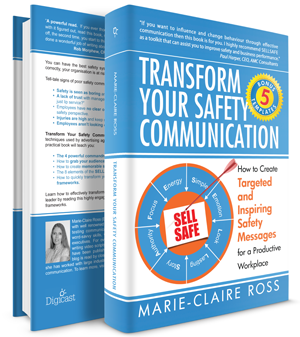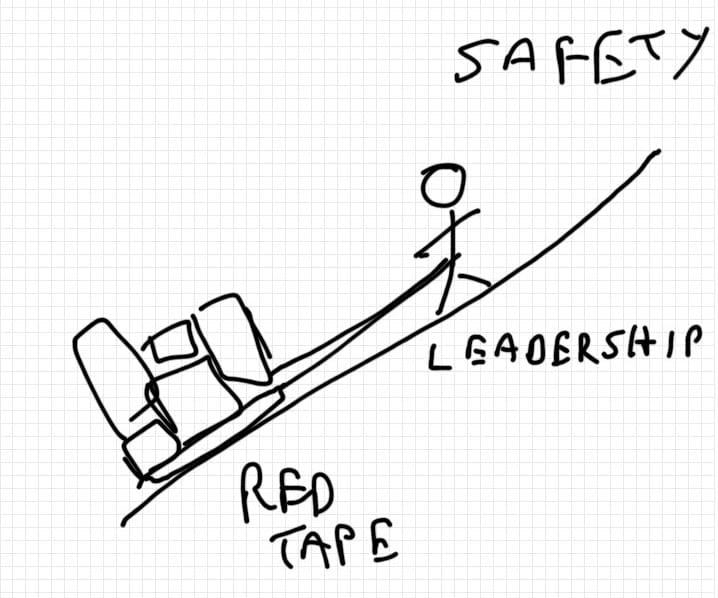 Australian marketer and communicator, Marie-Claire Ross, has moved from video to print with a new book called “Transform Your Safety Communication“. The book approaches safety communications from the marketing perspective and provides a terrific primer in how to write about workplace safety effectively.
Australian marketer and communicator, Marie-Claire Ross, has moved from video to print with a new book called “Transform Your Safety Communication“. The book approaches safety communications from the marketing perspective and provides a terrific primer in how to write about workplace safety effectively.
Marie-Claire Ross writes that
“Too often, safety professionals are taught about compliance, but not the right skills to influence and engage others.” (page 12)
This is not a deficiency of just the OHS academia. Such a statement would equally apply to most professions. Commercial communication skills, those required other than for essays, assignments and theses, are rarely included in any curriculum other than journalism and marketing. As such, this book is likely to have benefits way beyond the safety profession. Continue reading “A bright new book on safety communications”

 During a recent seminar I produced the doodle on the right, which depicts what I think the speaker was talking about. Safety is a goal that can be best achieved through improving a company’s leadership qualities. However all companies seem to be restricted by red tape, however one defines that. Can this journey be improved?
During a recent seminar I produced the doodle on the right, which depicts what I think the speaker was talking about. Safety is a goal that can be best achieved through improving a company’s leadership qualities. However all companies seem to be restricted by red tape, however one defines that. Can this journey be improved?

